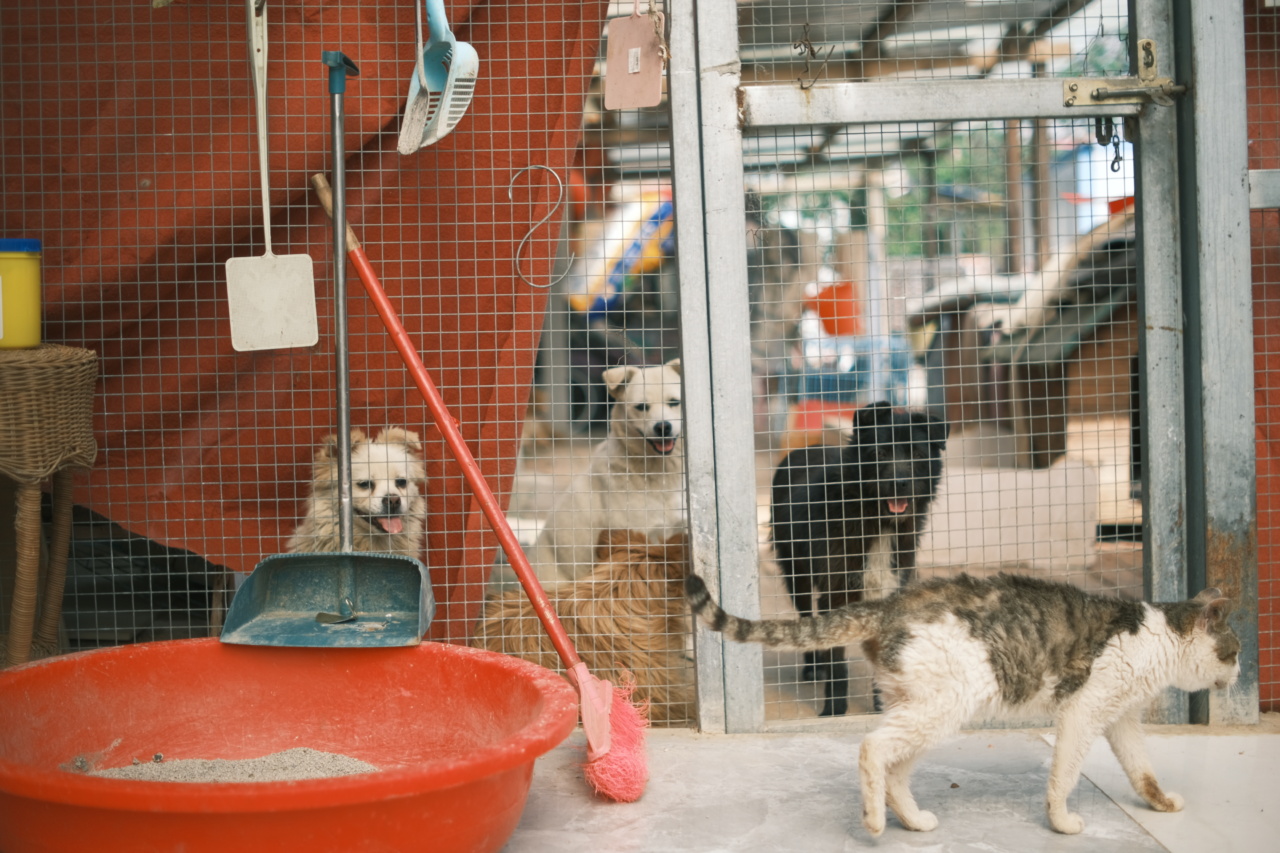Dogs are one of the most loyal and intelligent animals and they make great companions for humans. However, every dog is unique and comes with different personalities, behavior, and habits.
As a pet owner, it is your responsibility to train and discipline your fur baby to behave appropriately in various situations.
Disciplining your dog does not mean that you are punishing them. It involves teaching them appropriate behaviors and correcting them when they misbehave.
Effective discipline techniques will not only make your furry friend obedient but also help improve their overall well-being and happiness.
1. Consistency
One of the most important things when it comes to dog discipline is to be consistent with your commands and actions. Dogs thrive on consistency, and they will be confused if one day they are allowed to jump on the couch, and the next day they are not.
Ensure that everyone in your household follows the same routine when it comes to training and disciplining your dog.
2. Positive Reinforcement
Positive reinforcement is an effective way to discipline your dog. It involves rewarding your pet for good behavior and ignoring negative behavior.
When your dog is exhibiting a positive behavior such as sitting on command, give them a treat, praise them, and let them know that they have done well. This way, your pet will associate good behavior with positive outcomes.
3. Avoid Physical Punishment
Physical punishment is not an effective way to discipline your dog as it can cause more harm than good. It can cause fear, anxiety, and aggression in your furry friend.
Instead, focus on correcting their behavior with positive reinforcement techniques such as redirecting them to a positive behavior or ignoring a negative behavior.
4. Timeouts
Timeouts can be an effective way to discipline your dog when they are displaying negative behavior. When your dog is misbehaving, remove them from the situation and put them in a quiet and boring room for a few minutes.
This will help your pet calm down and understand that their behavior was inappropriate.
5. Use Verbal Cues
Verbal cues such as “no,” “sit,” and “stay” are effective ways to discipline your dog. When your dog is exhibiting negative behavior, use a firm “no” and redirect them to a positive behavior.
When they obey, praise them with a positive tone of voice and give them a treat. Using verbal cues consistently will help your furry friend understand what you expect from them.
6. Exercise and Playtime
Exercise and playtime are essential for your dog’s physical and mental well-being. A tired dog is a well-behaved dog.
Regular exercise and playtime will keep your pet happy and healthy and reduce the likelihood of negative behavior such as chewing or digging. Ensure that you provide your pet with enough exercise and playtime every day to keep them entertained.
7. Be Patient
Disciplining your dog takes time, patience, and consistency. It is not an overnight process, and some dogs may take longer to learn than others. Do not give up if your pet is not responding to your commands immediately.
Stay patient, positive, and consistent in your training, and your pet will eventually learn.
8. Seek Professional Training
If you are struggling to discipline your furry friend, seek professional help from a dog trainer. A skilled dog trainer will work with you and your pet to create a customized training plan that suits your dog’s personality and behavior.
They will also teach you effective discipline techniques and help you correct any bad behaviors.
9. Be Understanding
Dogs are like humans in that they have individual personalities and behaviors. Some dogs are more challenging to train than others. Be understanding of your pet’s personality, and work with them to find a training method that works best for them.
Remember, a happy dog is a well-behaved dog.
10. Reward Good Behavior
As mentioned earlier, positive reinforcement is an effective way to discipline your dog. Rewarding good behavior will help your furry friend understand what you expect from them and encourage them to continue behaving well.
Always praise and reward your pet for good behavior, and you will likely see more of it in the future.

























